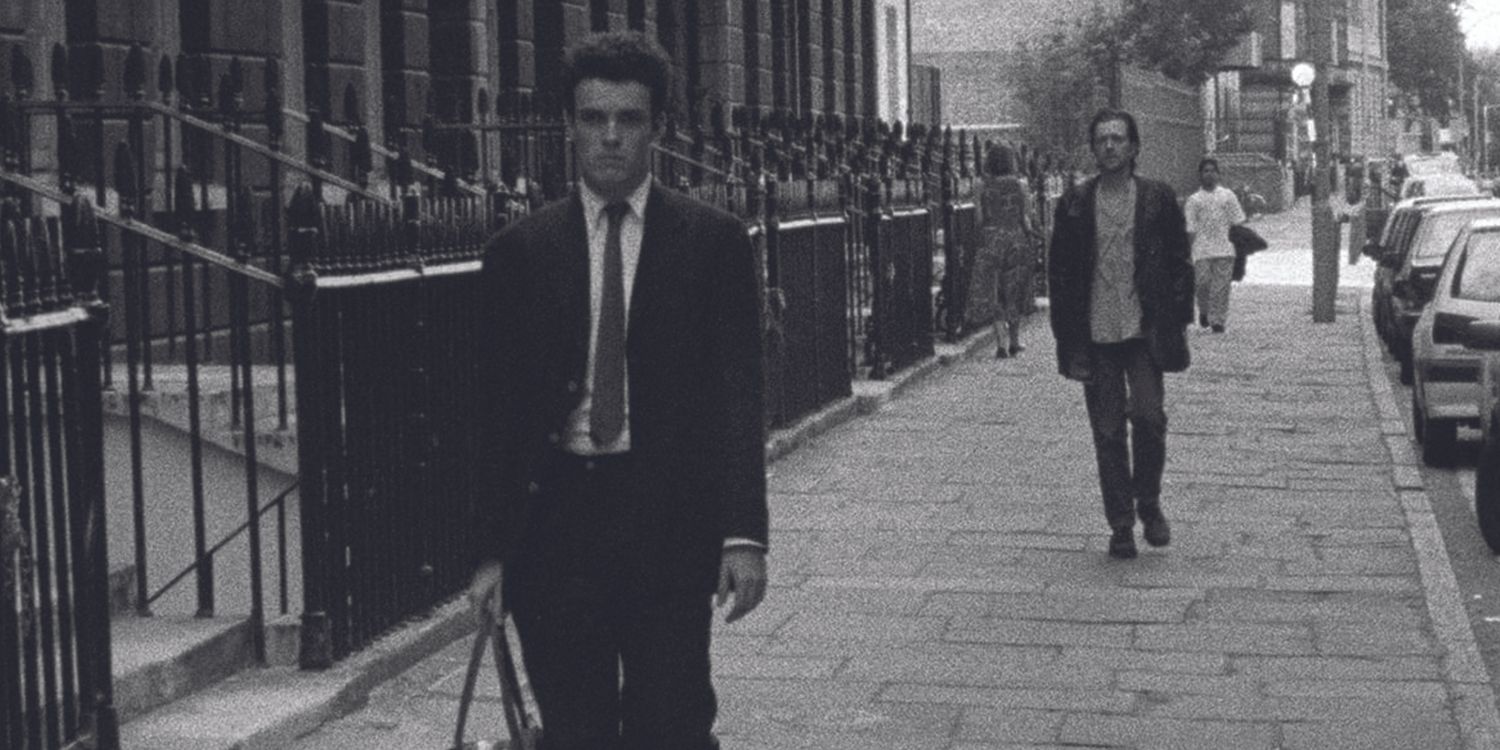
Christopher Nolan’s filmmaking journey is often traced back to his 2000 release, “Memento”, but interestingly, his first film was a lesser-known gem called “Following“, made in 1998. This early work of the director, shot on London streets with a budget of just $6,000, is a modern take on Hitchcock’s style, blending elements of crime thriller and neo-noir. Nolan managed to shoot this film during his weekends while working as a business videographer during the week. As with most of his films, it was produced by his wife, Emma Thomas.
The movie titled “Following” is a gripping and enigmatic crime thriller. It creatively combines unique camera angles with narrative voiceovers to evoke the sensation of stalking. In both its themes and style, it carries a significant debt to some of Alfred Hitchcock‘s most renowned films as a director. Many familiar elements from Hitchcock’s oeuvre appear in Christopher Nolan’s debut film, with Nolan making clear references to the great director’s impact on his craft. Since Hitchcock is not often mentioned among Nolan’s sources of inspiration, “Following” stands as the most compelling evidence suggesting that Hitchcock has played a substantial role in shaping Nolan’s filmmaking style.
Christopher Nolan’s First Movie Is Full Of Alfred Hitchcock Tropes
Following Clearly Signposts Its Debt To Hitchcock
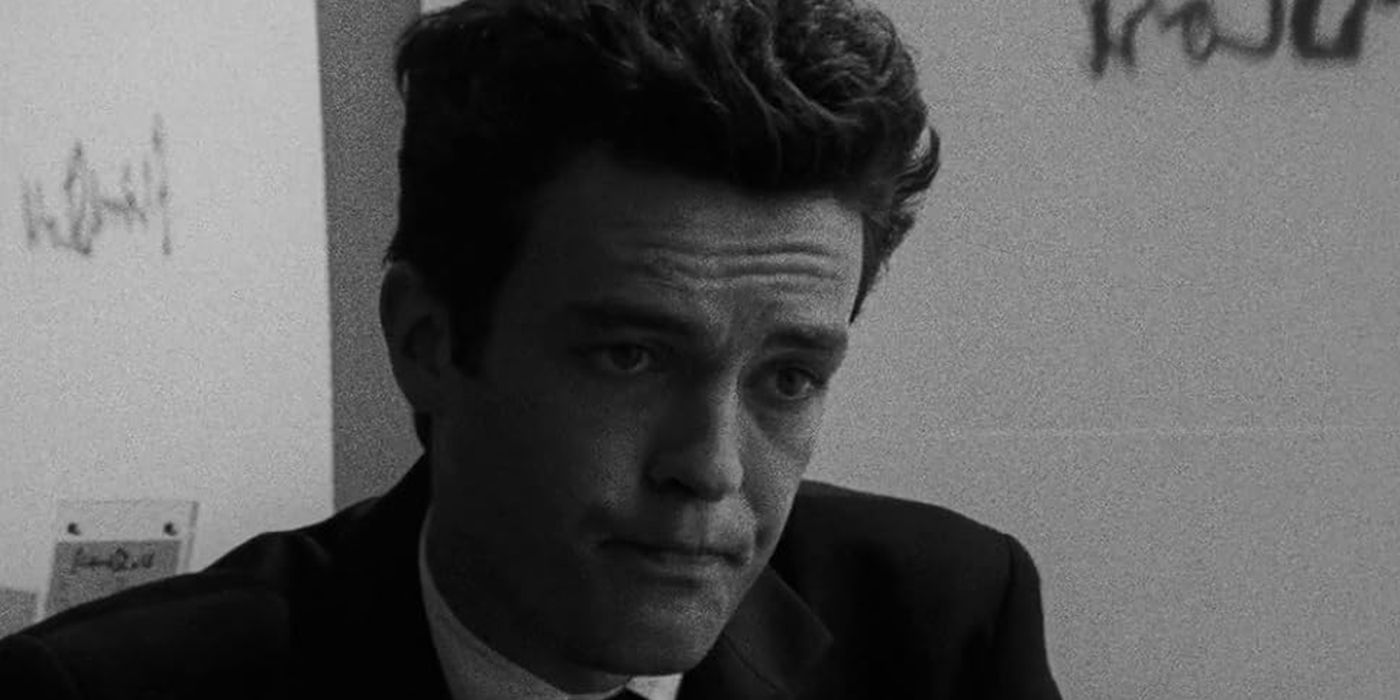
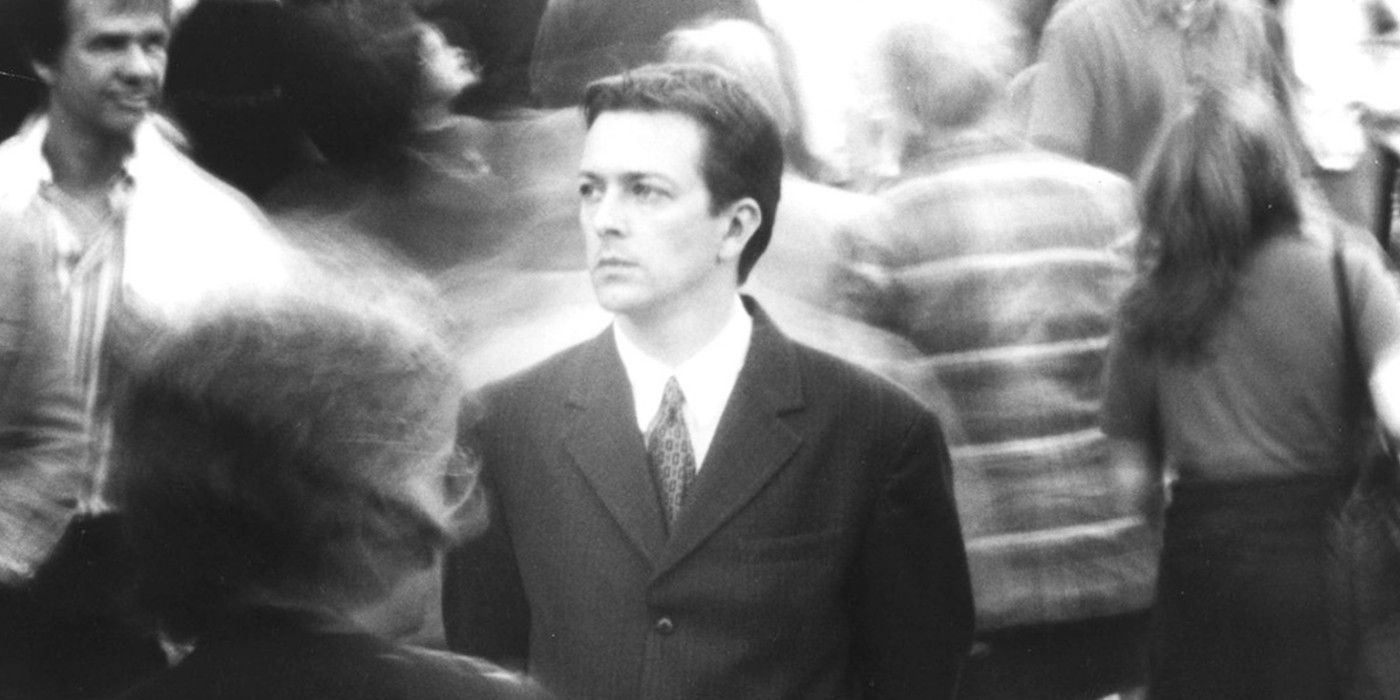
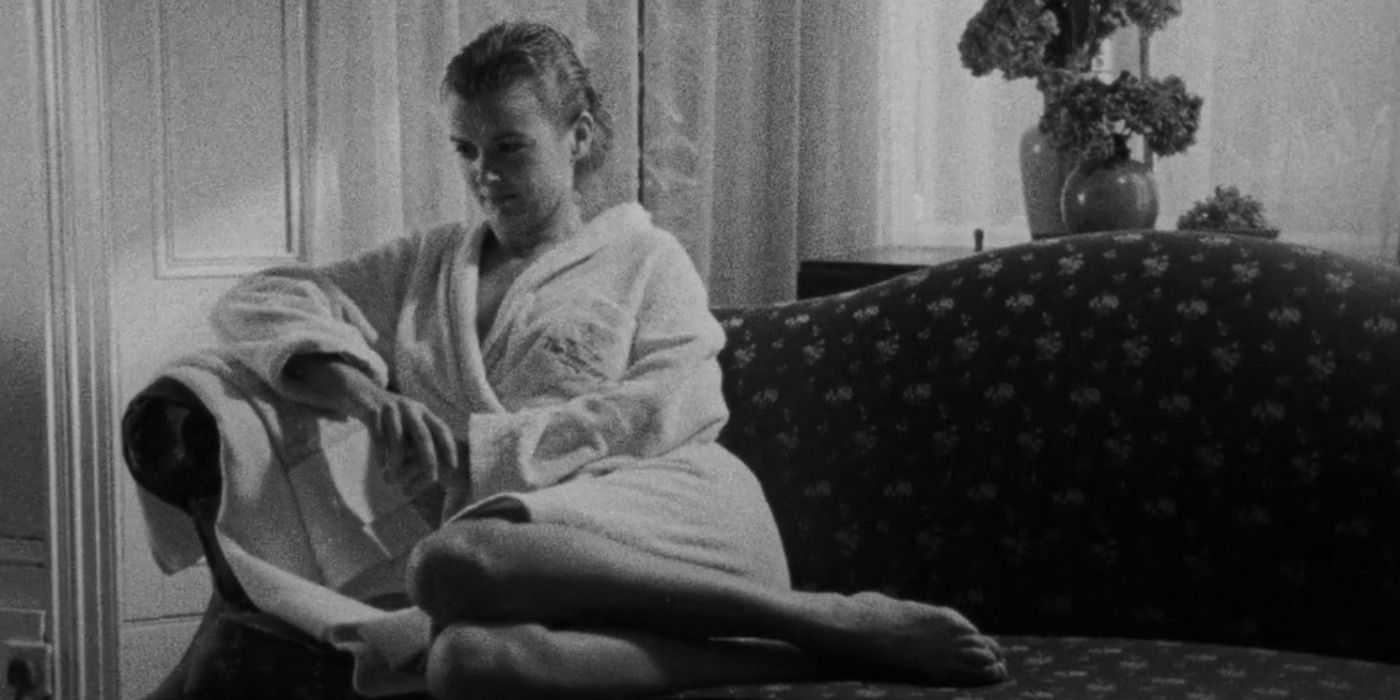
If you’re a fan of Alfred Hitchcock and seeking a contemporary film that carries the essence of his style, “Following” is just the movie for you. This 1998 neo-noir thriller by Christopher Nolan openly pays tribute to the unparalleled master of noir cinema, as it incorporates several elements that are typical Hitchcock traits.
In the film “Following”, Nolan incorporates a failed burglary into the storyline, focusing on a protagonist who is incorrectly accused, set up for a major crime through misdirection and mistaken identity. The theme of voyeurism, significant in Hitchcock’s work, is subtly woven throughout the movie. This is done not only through the film’s content but also its structure. To further emphasize the influence of Alfred Hitchcock on “Following”, one of the characters is named “The Blonde”. This name connection alone provides a significant clue to her eventual fate.
Alfred Hitchcock’s Influence Is Also Apparent In Nolan’s Other Movies
Hitchcock Informed Nolan’s Preoccupations With Time, Identity & Narrative Repetition
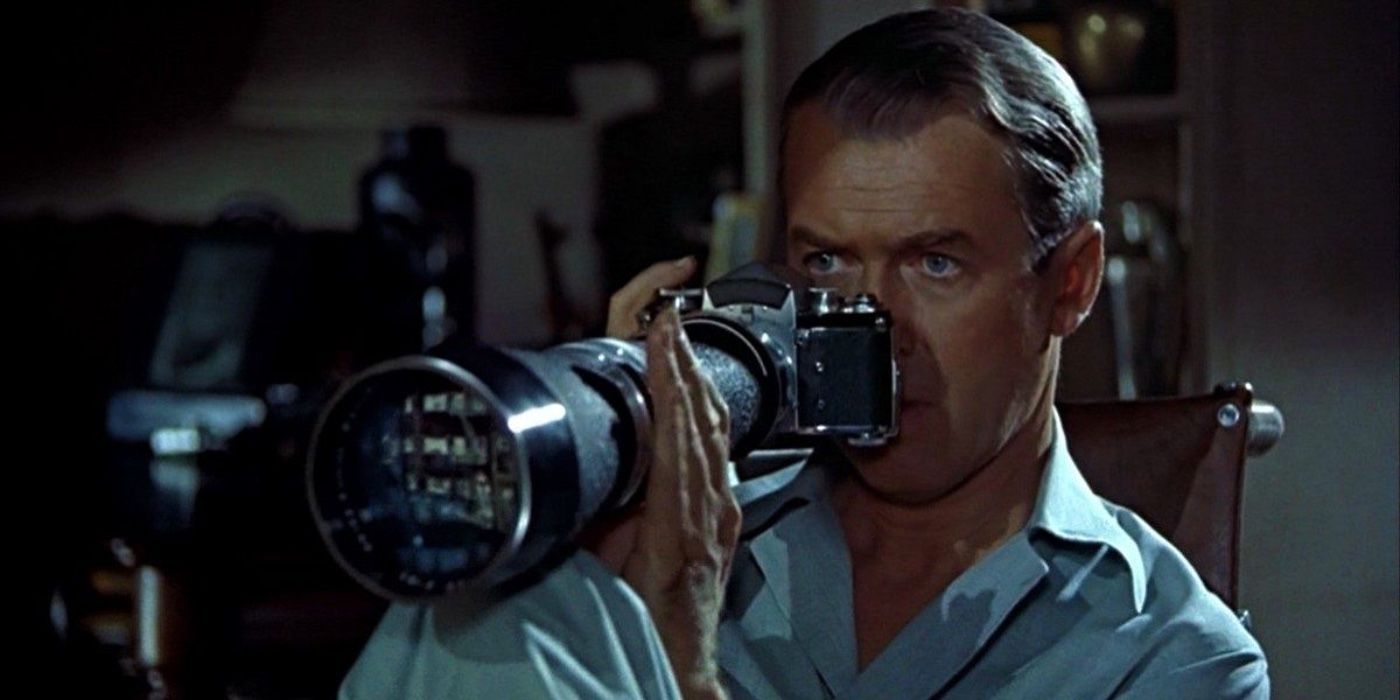
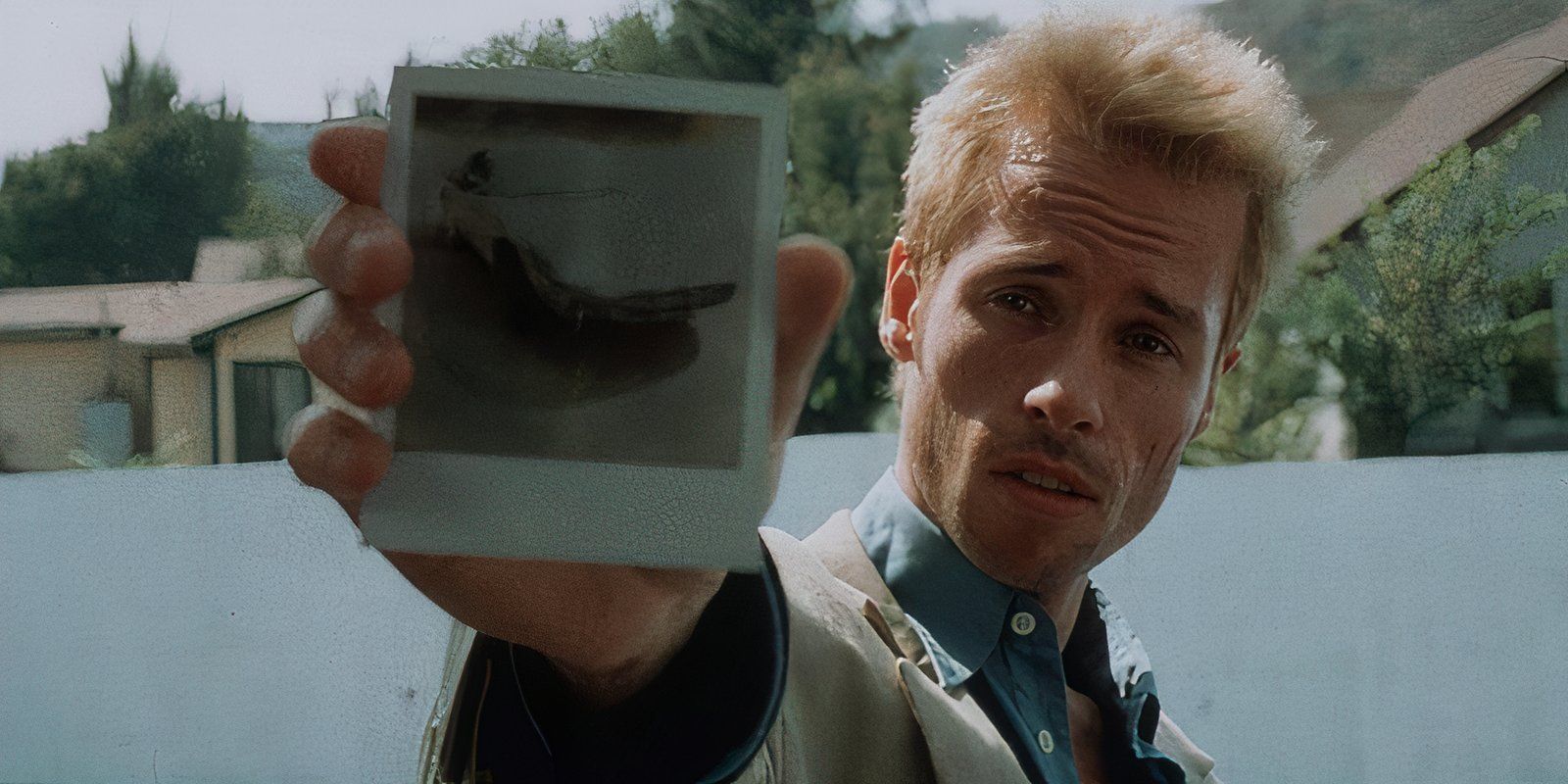
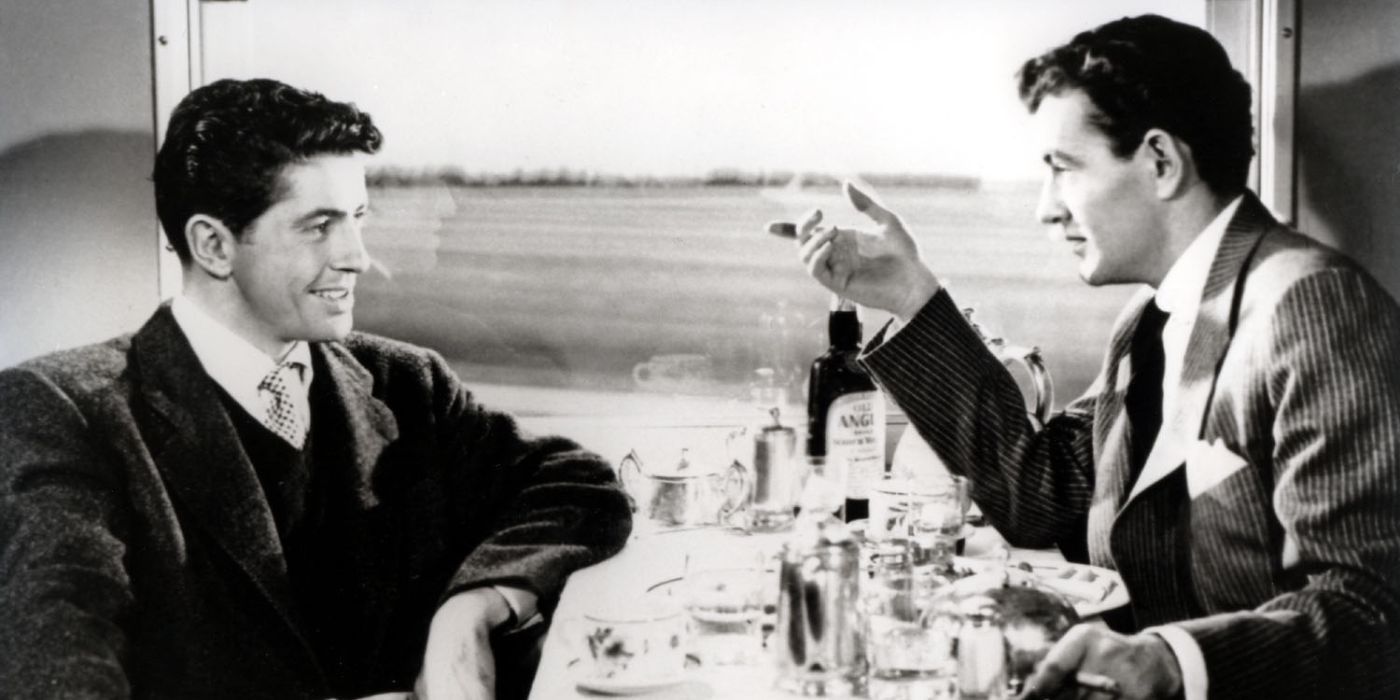

Since Christopher Nolan isn’t often linked to Alfred Hitchcock in terms of directing, it might seem that Following is an unusual, single tribute to Hitchcock amidst his distinguished body of work. However, upon closer inspection, it becomes clear that Hitchcock has significantly influenced the films that Nolan has created throughout his career. Although Nolan is primarily known for his dystopian sci-fi movies in the vein of Stanley Kubrick, Fritz Lang, and John Frankenheimer, as well as the visually stunning artistry of Terrence Malick, Hitchcock’s impact on his work is undeniable.
In the films of Christopher Nolan, from “Memento” to “Tenet,” which he released in 2020, the idea of time is a recurring motif. Time might not immediately stand out as a central theme in Hitchcock’s movies, but for the director, it was an essential element that underpinned his work.
In a 1966 interview book Hitchcock/Truffaut, Alfred Hitchcock concurred with the French director that manipulating time audaciously was key to his acclaimed suspenseful filmmaking. Hitchcock emphasized that dialogue, visual and audio elements signifying time, such as clock close-ups, sunlight, or bell tolls, were vital in creating tension within a scene. This concept is evident throughout his films, including Rope, Strangers on a Train, Psycho, Rear Window, and Vertigo. It’s plausible that Hitchcock had a significant impact on Christopher Nolan’s approach to cinematic time.
Not only do Hitchcock and Nolan’s films share a similar approach to time, but they also have a common narrative element: the “Doppelganger” theme, where characters have mixed or double identities. This motif is evident in Christopher Nolan’s works, such as The Prestige, the Dark Knight trilogy, and his upcoming 2026 release The Odyssey. In fact, Nolan has publicly acknowledged one of Hitchcock’s films that epitomizes this trope, The Lady Vanishes, as a recommendation on Turner Classic Movies last year.
Nolan frequently repeats a story from various angles within a single film, as seen in his movie “Following”. This technique, reminiscent of Hitchcock’s style, was also used by directors like Akira Kurasawa during that era. This method is most clearly demonstrated in “Dial M for Murder” and “Vertigo”, but the connection between Nolan’s work and Hitchcock’s is often overlooked. In essence, Hitchcock has had a significant impact on Nolan’s filmmaking style, even though it’s not commonly discussed.
Read More
- Clash Royale Best Boss Bandit Champion decks
- Clash Royale December 2025: Events, Challenges, Tournaments, and Rewards
- Clash Royale Furnace Evolution best decks guide
- December 18 Will Be A Devastating Day For Stephen Amell Arrow Fans
- Clash Royale Witch Evolution best decks guide
- All Soulframe Founder tiers and rewards
- Mobile Legends X SpongeBob Collab Skins: All MLBB skins, prices and availability
- Now That The Bear Season 4 Is Out, I’m Flashing Back To Sitcom Icons David Alan Grier And Wendi McLendon-Covey Debating Whether It’s Really A Comedy
- Mobile Legends December 2025 Leaks: Upcoming new skins, heroes, events and more
- Mobile Legends November 2025 Leaks: Upcoming new heroes, skins, events and more
2025-05-20 04:40